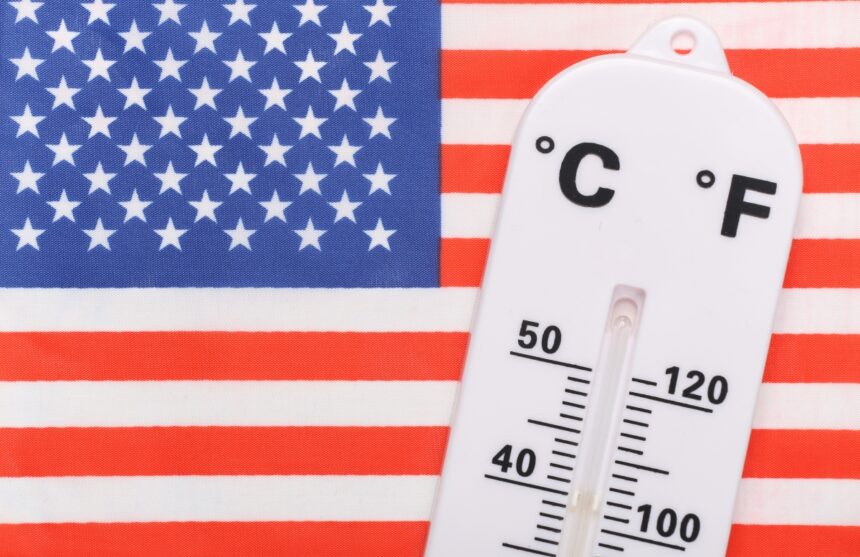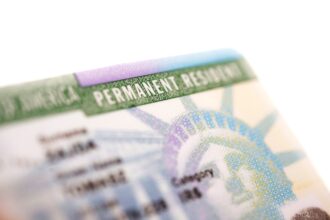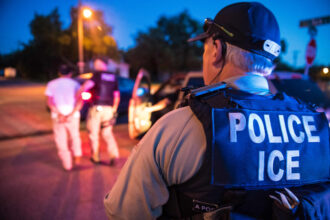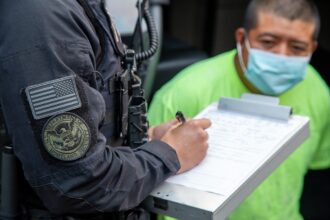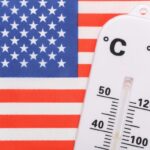Over the next two weeks, about 40 states in the United States will be affected by an unprecedented wave of extreme heat and humidity, according to reports from the National Weather Service (NWS).
This combination of high temperatures and high humidity levels could impact more than 170 million people, creating hazardous health conditions, utility outages and increased risk of severe storms.
Temperatures above 90 °F in much of the country
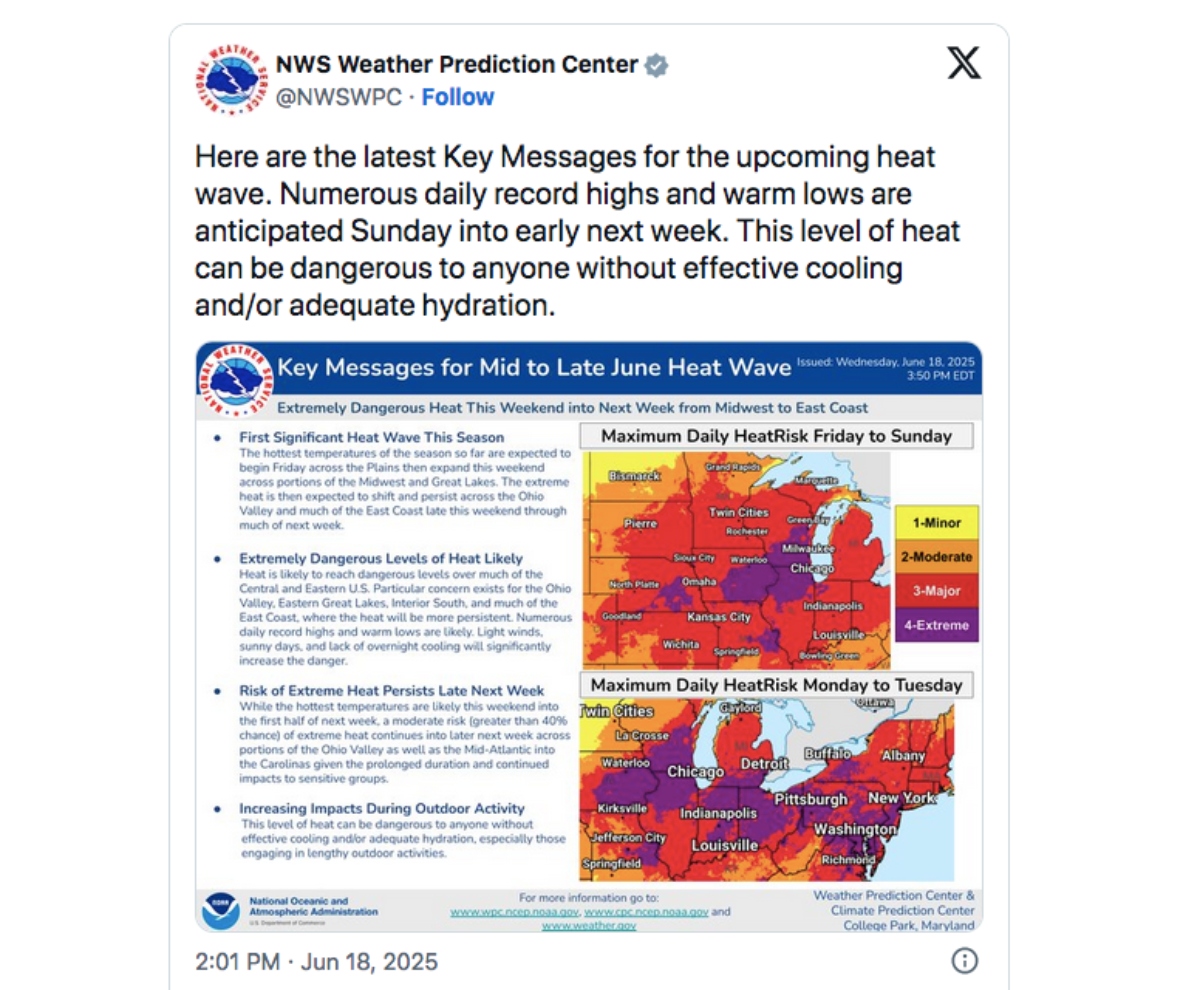
Temperatures will begin to rise beginning Friday in the so-called “Great Plains,” a vast region stretching from Montana to Texas and New Mexico.
Subsequently, by the weekend, extreme heat will reach the Midwest, including the states of Illinois, Missouri, Wisconsin and areas of the Great Lakes.
Beginning next week, intense heat is also projected to affect the Ohio Valley, as well as much of the East Coast, including cities such as Washington D.C., Philadelphia and New York.
As explained by meteorologist Ben Noll in The Washington Post, the key to the phenomenon lies in the unusually high ocean temperatures in the Gulf of Mexico and the western Atlantic, which are pushing warm, moist air masses inland.
This situation boosts not only the heat, but also the wind chill, which could exceed 105 °F (over 40 °C) in some regions.
Cities under alert due to extreme heat conditions
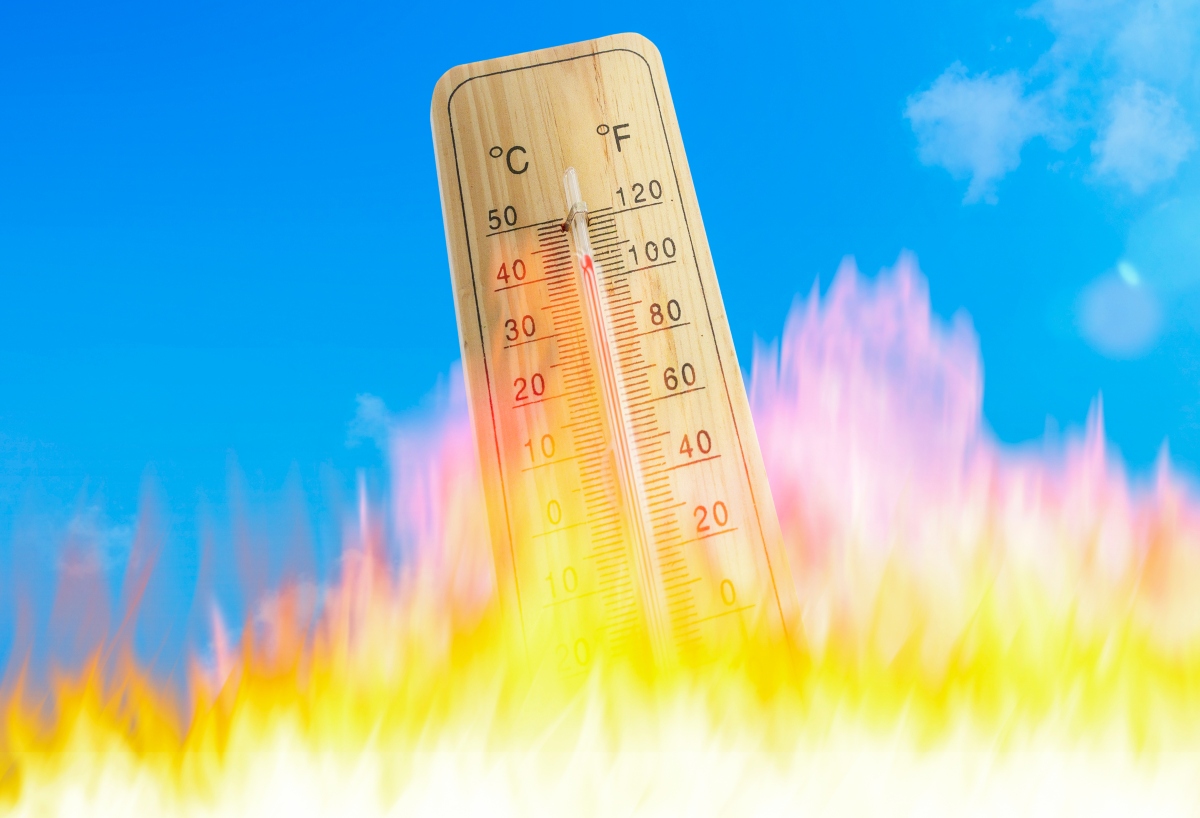
Washington D.C. and Philadelphia: extreme humidity combined with severe thunderstorms beginning over the weekend.
New York and Minneapolis: will experience peaks of high humidity and persistent heat.
St. Louis: will face a heat wave starting Saturday with unrelieved humidity, favoring intense thunderstorms.
Cleveland and Chicago: will have excessive heat and very high humidity starting this weekend, extending for several days.
Houston: on the Gulf Coast, could break historical humidity records during June, with unbearable conditions and possible public health alerts.
How summer humidity is changing
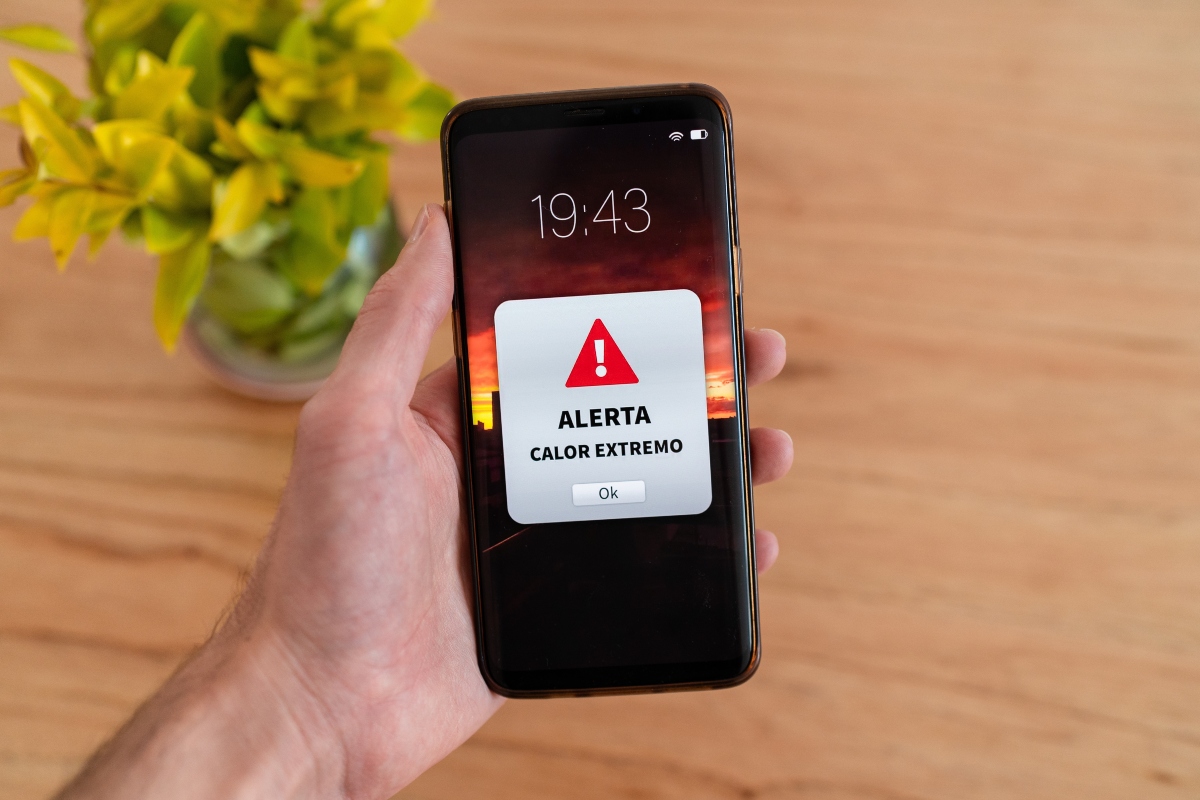
Historically, July has been the wettest month in much of the U.S., but climate change is transforming these patterns.
Studies based on data from the last 40 years show that in many regions humidity has increased significantly, extending the warm season beyond the traditional summer.
In the Northeast, cities such as Philadelphia and New York show a noticeable increase in humidity in July.
In the Southeast, including Florida and Georgia, the wettest month now tends to be August.
And in regions of the Midwest and Appalachia, high humidity is extending into September, affecting agriculture, infrastructure and public health.
Un domo de calor abarcará toda la próxima semana en Estados Unidos y se habla de 90 ciudades amenazadas por las altas temperaturas
Recommendations for Hispanics
For millions of U.S. Hispanics, many of whom work outdoors, this type of extreme heat can pose a real health risk, with increased exposure to heat stroke, dehydration and physical exhaustion.
The authorities recommend:
Avoid intense physical activity between 11 a.m. and 5 p.m.
Keep well hydrated and look for shade or air-conditioned places.
Check local weather warnings and take special care of children, the elderly and outdoor workers.
Here you can see a video of the heat dome forecast.
Find out more at ‘QueOnnda.com’.



